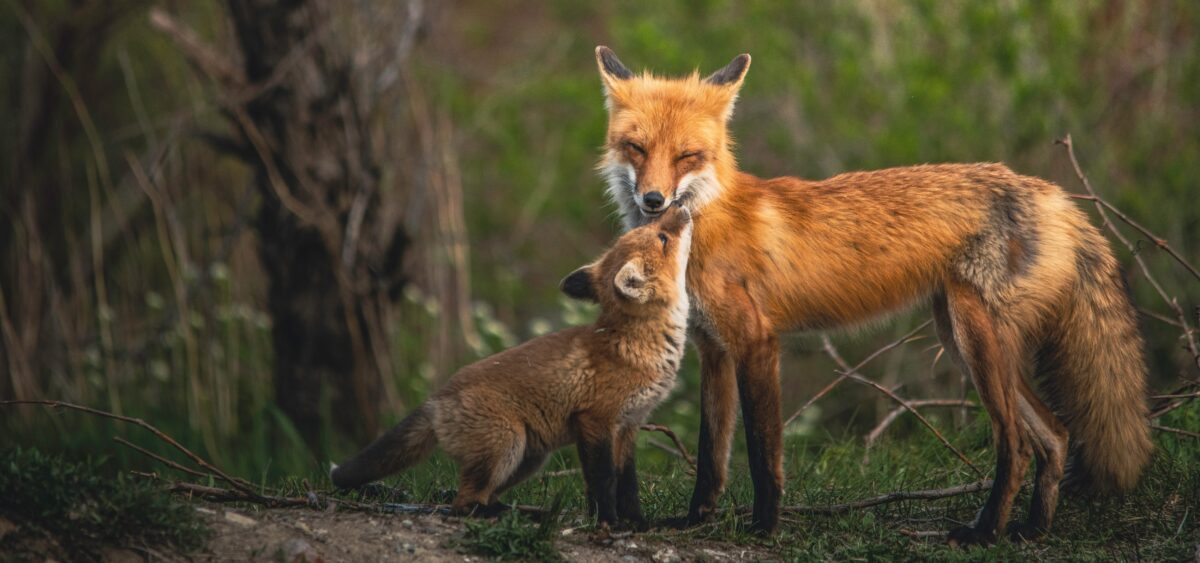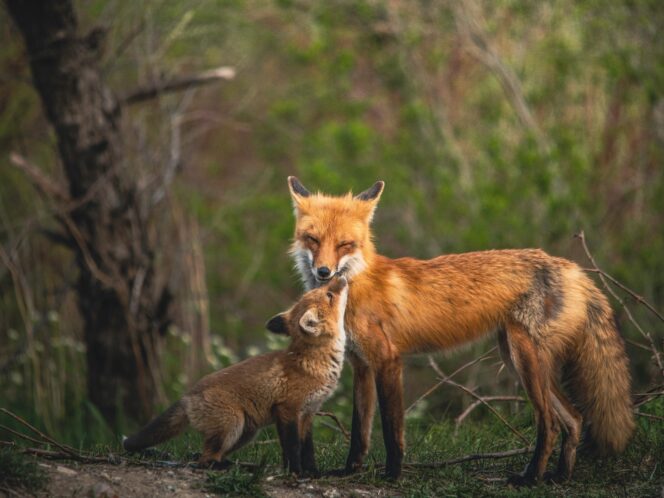
In London they dine out in restaurants, in the polar zone they steal leftovers from bears. Unlike humans, they look both ways before crossing the street. They can climb and travel thousands of miles. Thanks to their craftiness and wisdom, foxes are the most widespread carnivores on Earth.
With foxes, what you see is what you get. And even those who’ve not seen one in the wild are surely familiar with how they look. Foxes feature as symbols of cleverness in many cultures, and unlike many other myths (this might come as a surprise, but hedgehogs don’t eat apples, and earwigs won’t come near your ears), this representation is absolutely correct. First of all, they are predators. Long ago, during his lectures on behavioral ecology, the British biologist Robin Baker claimed that predators will always be more intelligent than herbivores because there’s more evolutionary pressure on them to be cunning. He said something along the lines of: “A predator needs to outsmart another animal, while the only thing a deer must outsmart is a blade of grass.” It’s a nice one-liner, but it does somewhat oversimplify reality. It also sidesteps the fact that it’s fundamentally difficult to make comparisons regarding intelligence, because it’s not even completely clear what intelligence is. Today, it is known that one of its strongest determinants is social life. Social species must have sophisticated communication systems and must know about “politics,” as well as remember alliances and animosities, social statuses, and many specific individuals. This doesn’t change the fact that carnivores really are clever—which is why humans so often choose dogs and cats as life companions—but they’re definitely not the only ones. As far as carnivores go, foxes are rather small, so they can’t just make up for cognitive deficits with force. Furthermore, a great many








